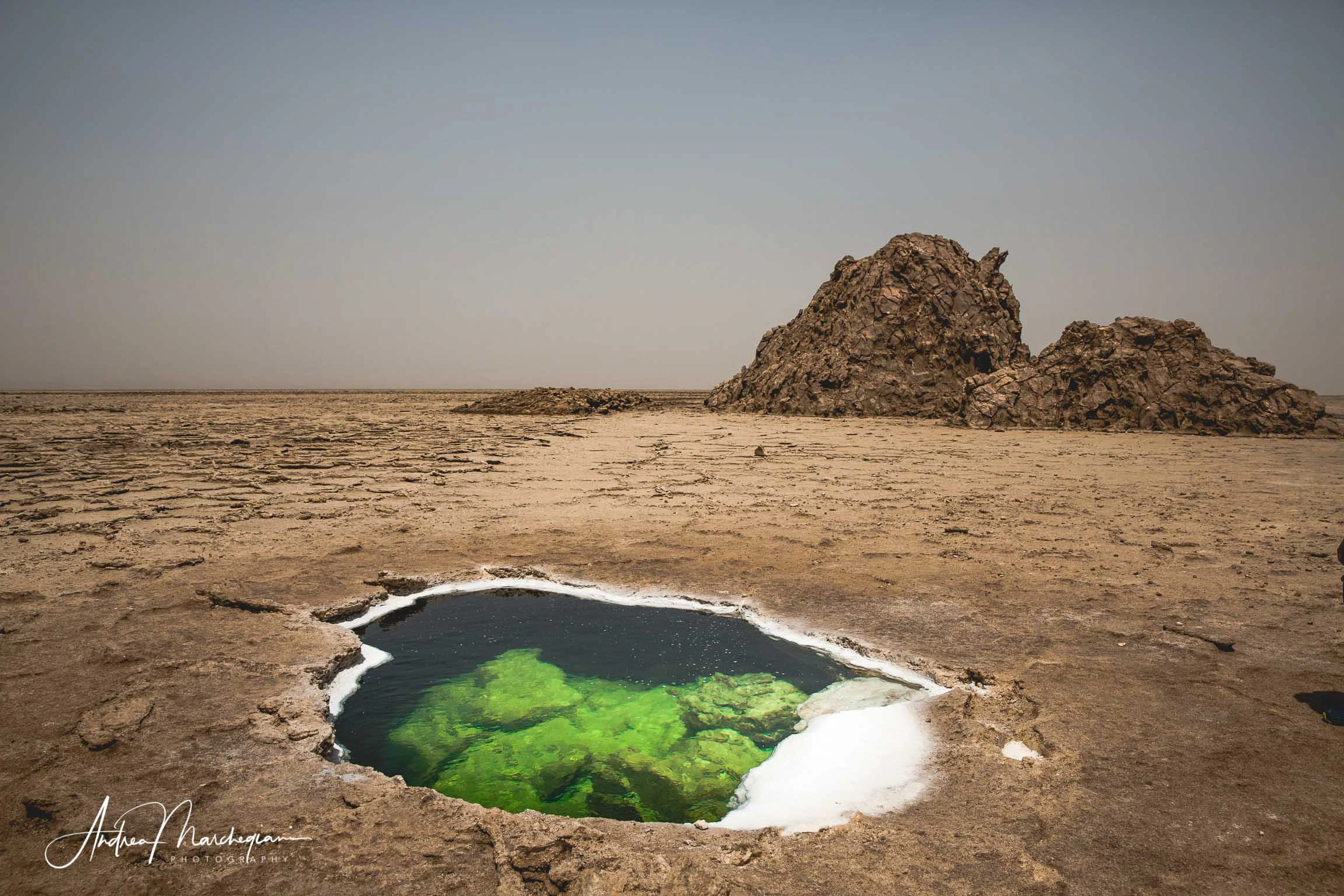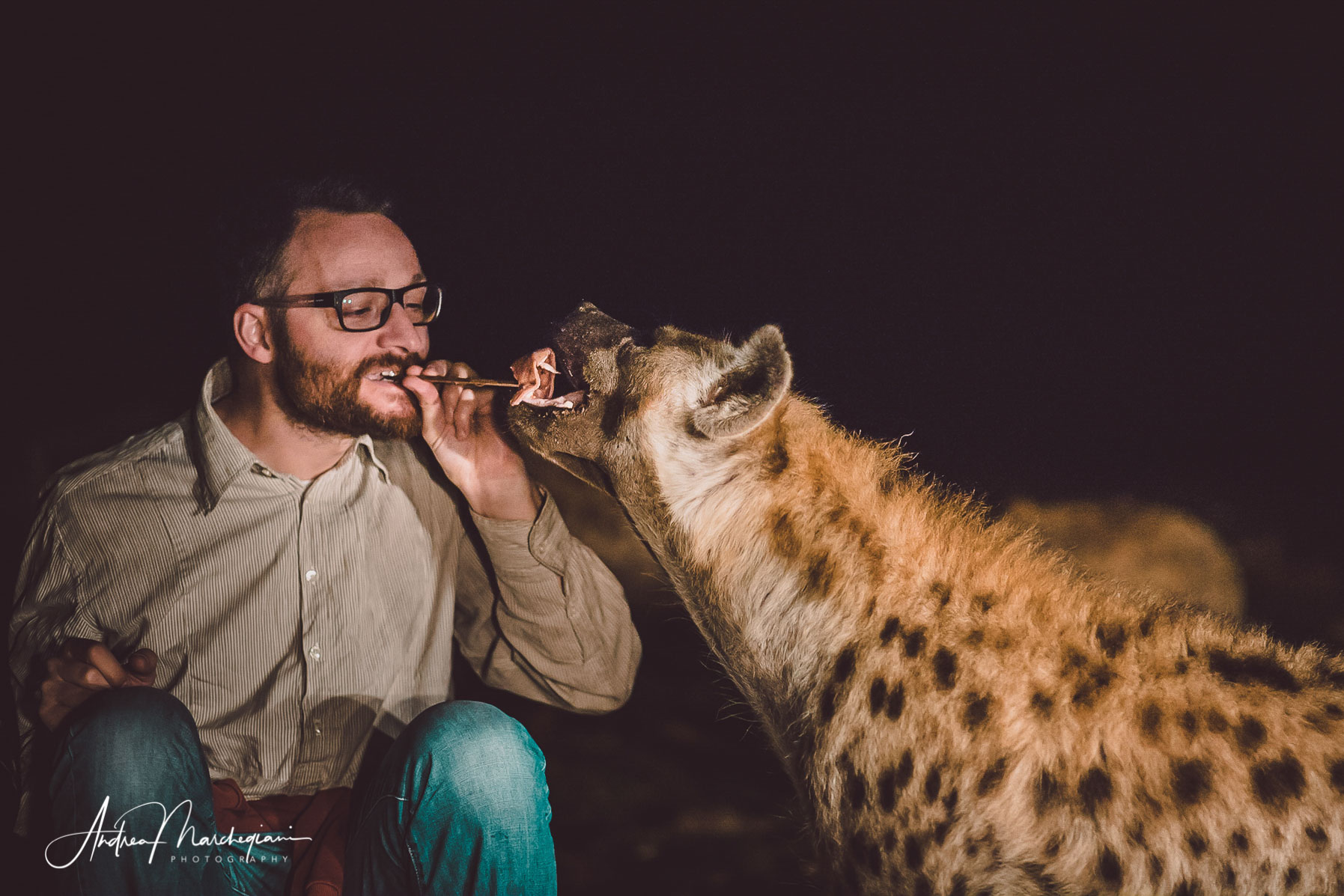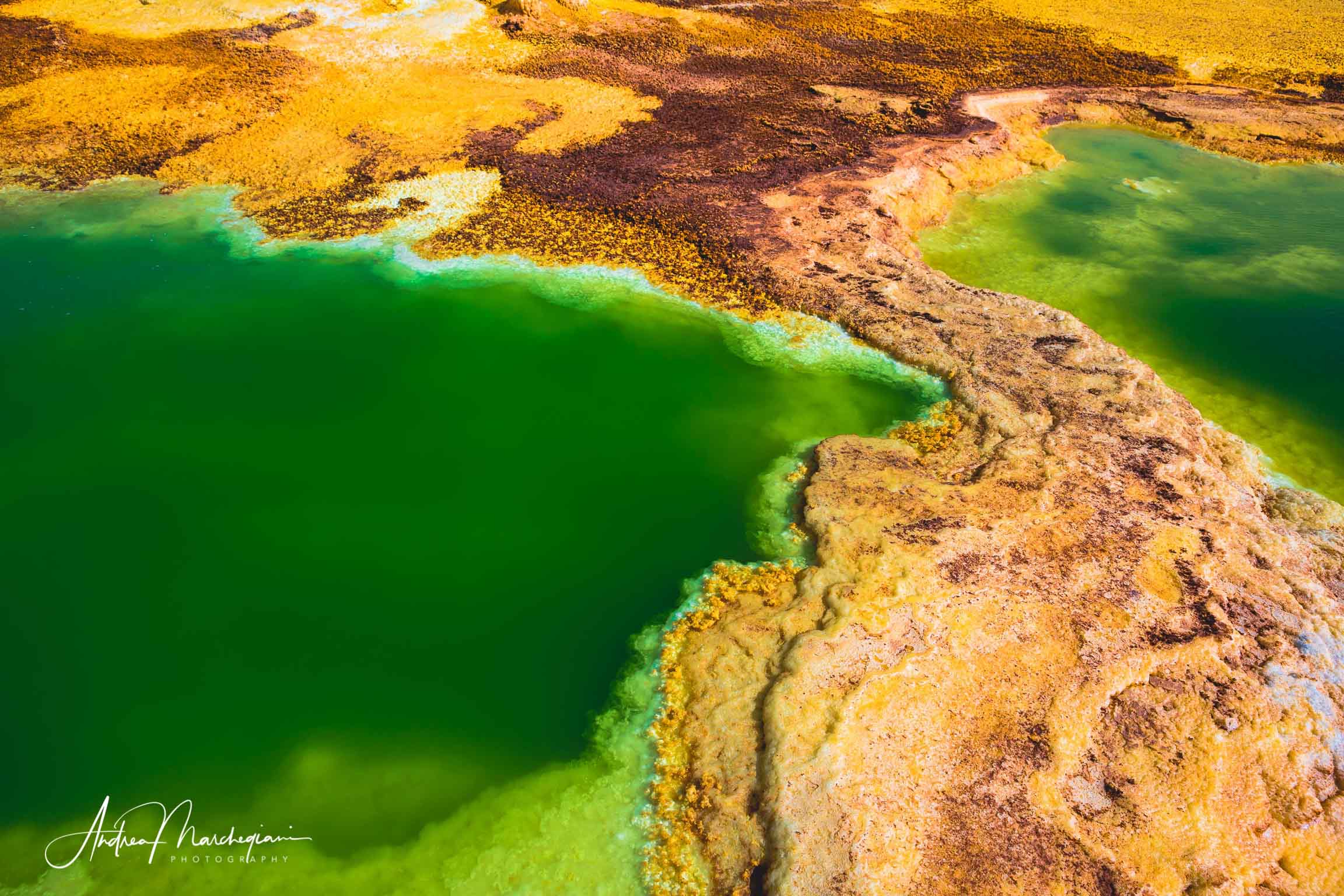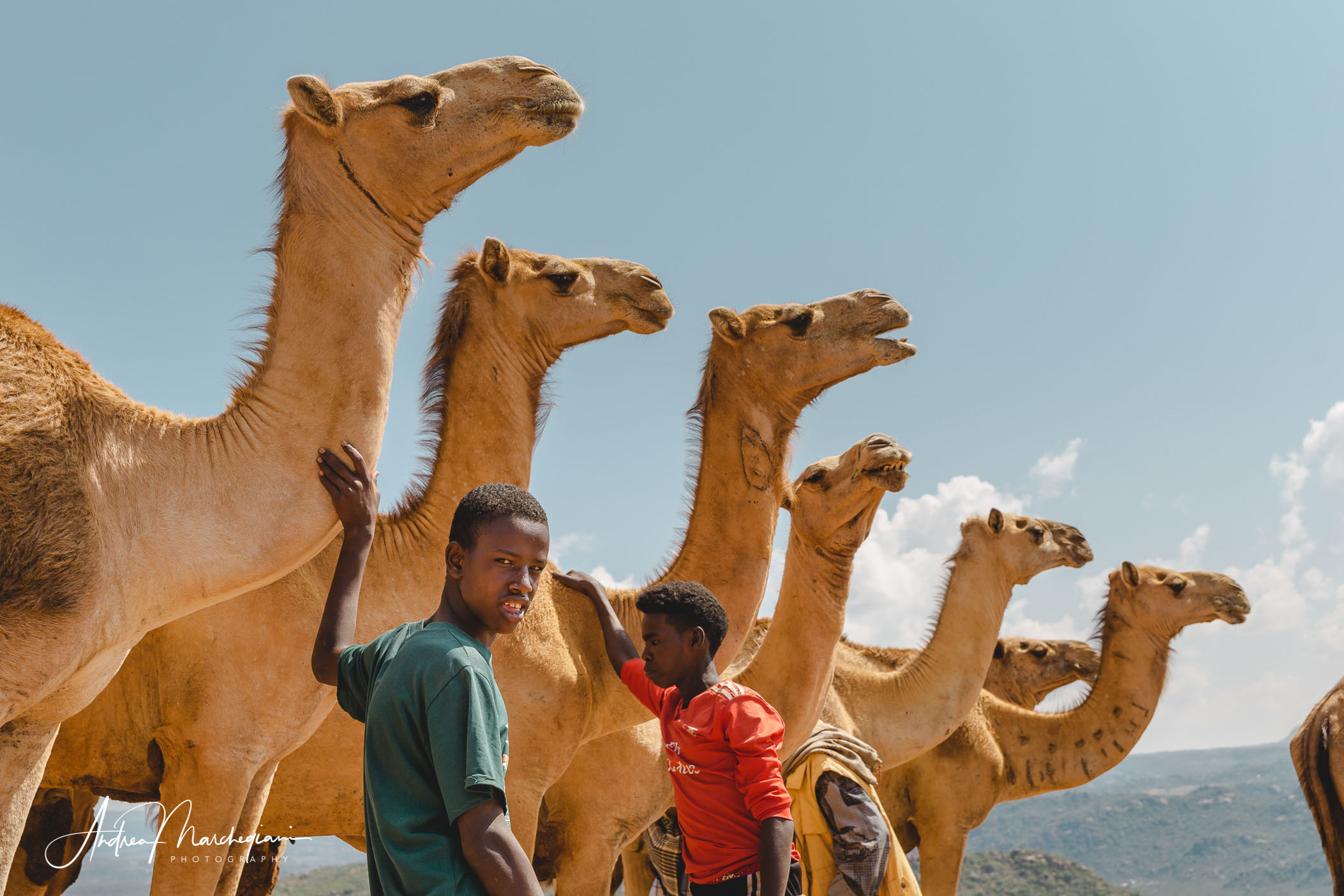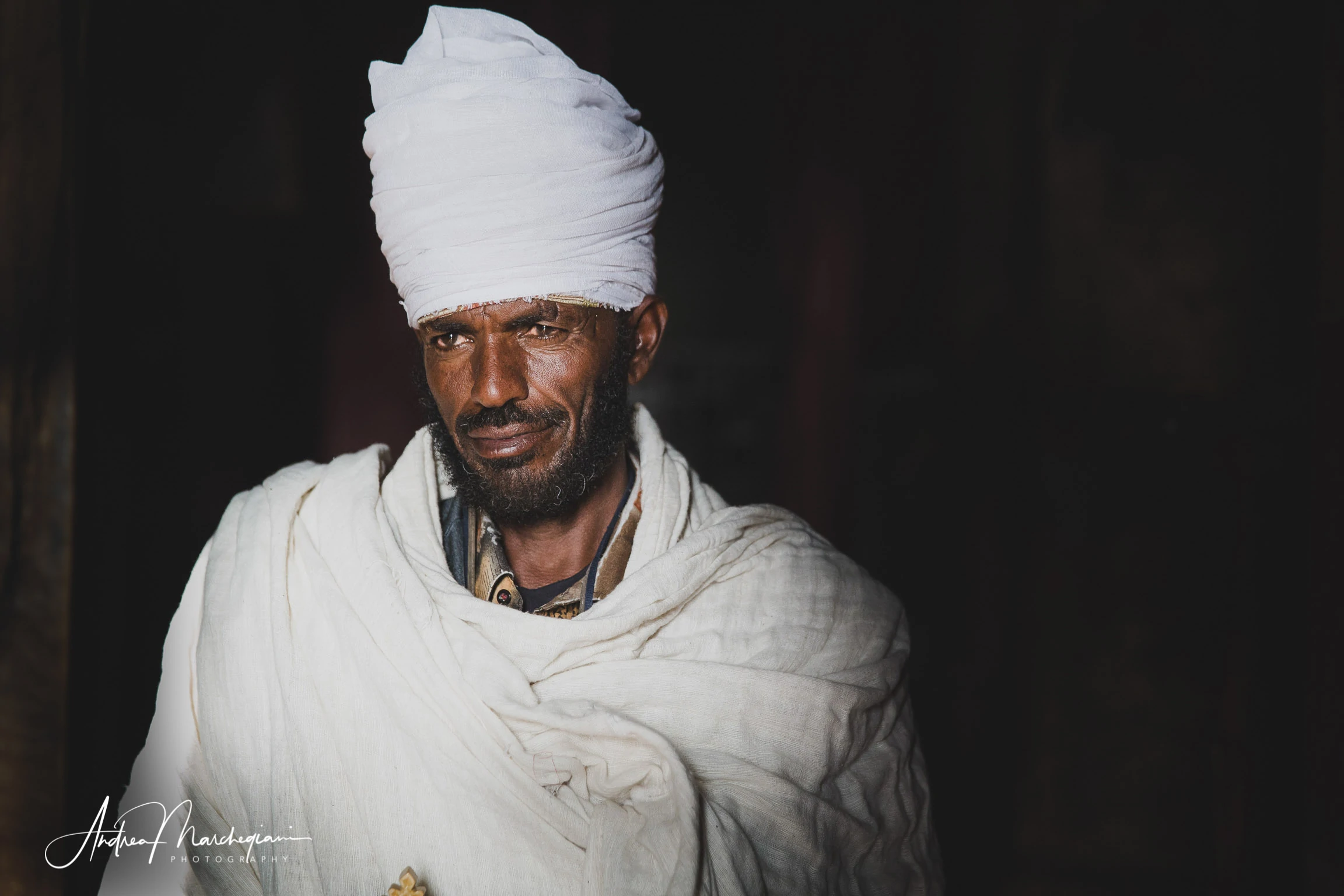
- Home
- Photo Galleries
- Portrait Photography
- Landscape Photography
- Street Photography
- China
- Ethiopia
- India
- Holy Ganges
- Varanasi
- Varanasi Ganga Aarti
- Varanasi, Manikarnika Ghat
- Varanasi Streets & Alleys
- Varanasi Demolition
- Varanasi Fruit Market
- Sarnath
- Brick Kilns
- Tamil Nadu, Chennai & Mamallapuram
- Tamil Nadu, Fort Tirumayam & Madurai
- Tamil Nadu, Tiruvannamalai & Thanjavur
- Kerala, Munnar
- Kerala, Peryiar
- Kerala, Backwaters
- Kerala, Kochi
- Kazakhstan
- Myanmar
- Senegal
- Uzbekistan
- Travel Blog
- China
- Ethiopia
- India
- Tamil Nadu & Kerala
- Varanasi
- Whato to do in Varanasi
- Varanasi Life along the Ghats
- Varanasi Death along the Ghats
- Varanasi Ganga Aarti Ceremony
- Varanasi demolished to honor Shiva
- Varanasi Fruit Market
- “Varanasi, A Journey into the Infinite”
- Sarnath
- All about River Ganges
- Holy Shit. All about Indian Cow Dung
- Clean India Project
- Brick factories
- Tilaka, pundra, bindi: what is the mark on Indian foreheads?
- Kazakhstan
- Mongolia
- Ulaanbaatar, the coldest capital in the world
- What to do in Ulaanbaatar
- Chinggis Khan Museum, 6 floors of Mongolian history
- Gorkhi-Terelj National Park and Bodgkhan Natural Reserve
- Altai Mountains, Things to do in Olgii and Sagsai
- Living with the Eagle Hunters
- Sagsai Eagle Festival
- Navrus Festival
- Xöömej, Mongolian throat singing
- Mongolian Food
- Myanmar
- Senegal
- Uzbekistan
- Latest Posts
- Photography Blog
- About
- Prints
Share with your friends:
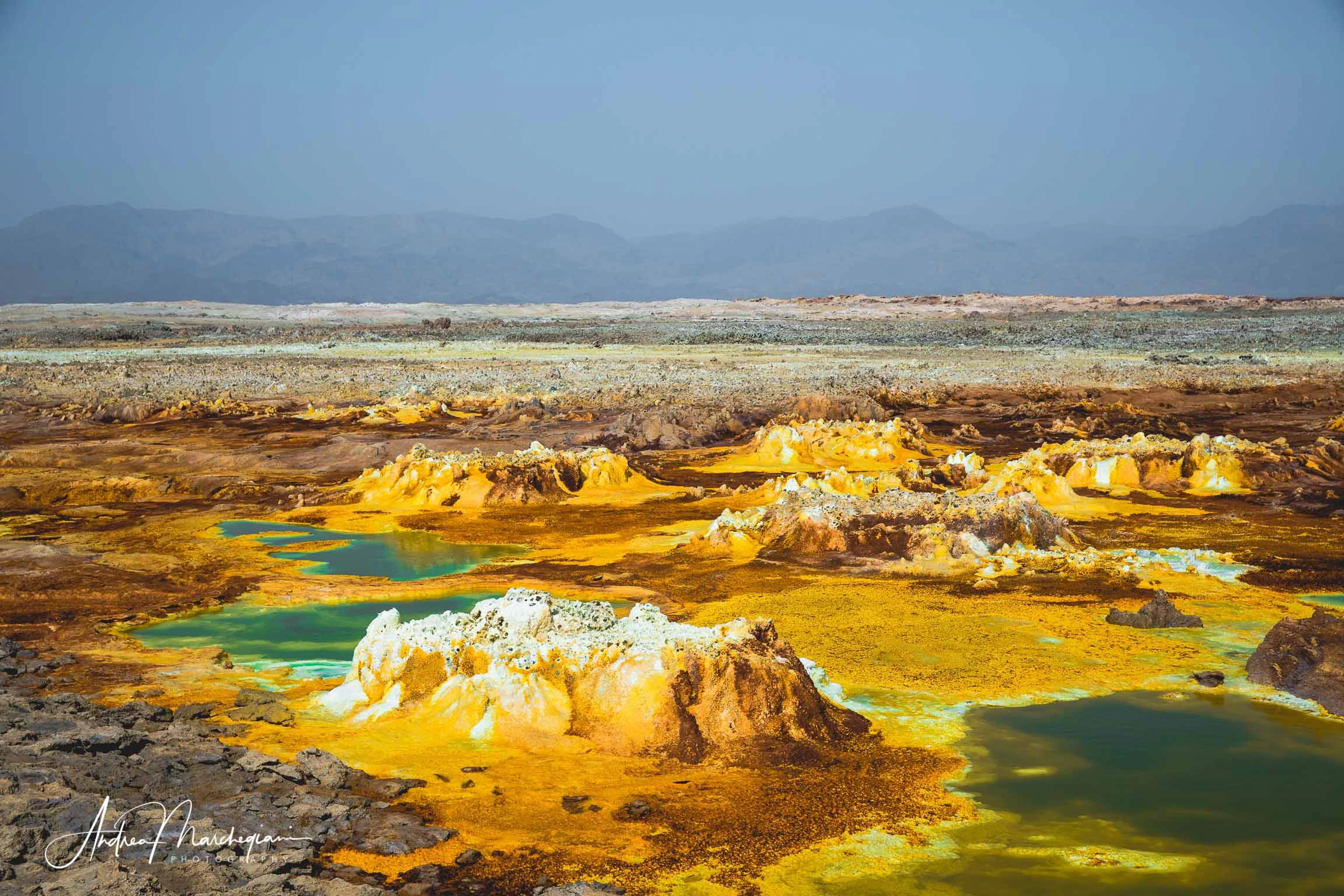
Dallol, the most inhospitable place on earth
“So tell me, where is Dallol?” I wonder. I didn’t even know there was a place by that name. It’s night. I find myself in the Botswana savannah and I am turning 40. Sitting with my back to the fire, surrounded by hyenas, I try to spot them with a torch and not let them approach the tents where we will sleep. “In Danakil, on the border between Ethiopia and Eritrea. It is one hell of a place, the most inhospitable in the world. Temperature reaches up to60 degrees – but this is unique,” says my fellow traveler.
“There are salt deserts, toxic water pools reflecting incredible sunsets and volcanoes with craters in which lava boils in the open sky. The formations of the Dallol are incredible, with its geysers and salty colorful concretions.”
I decide immediately. I got to go. If I survive hyenas.
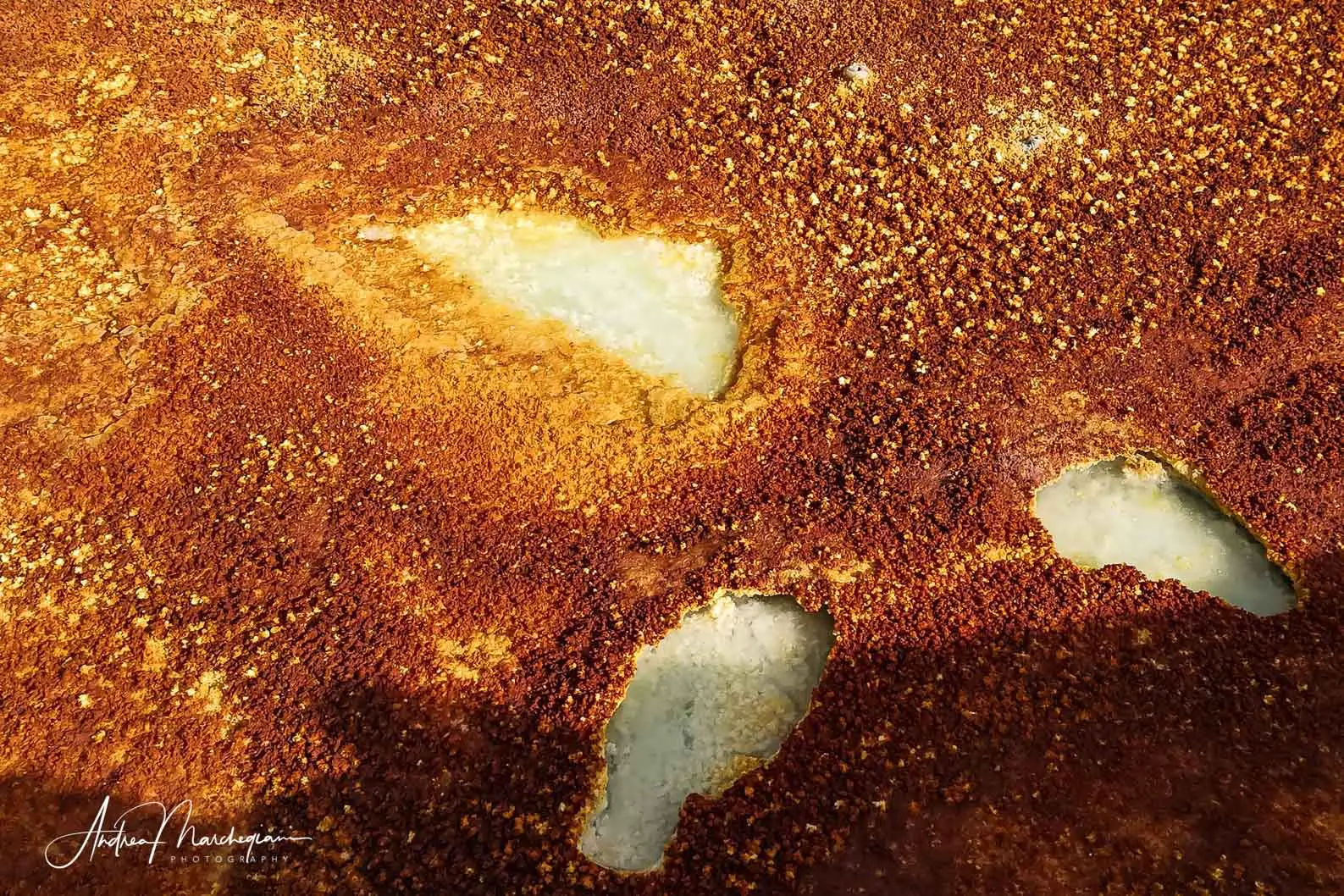
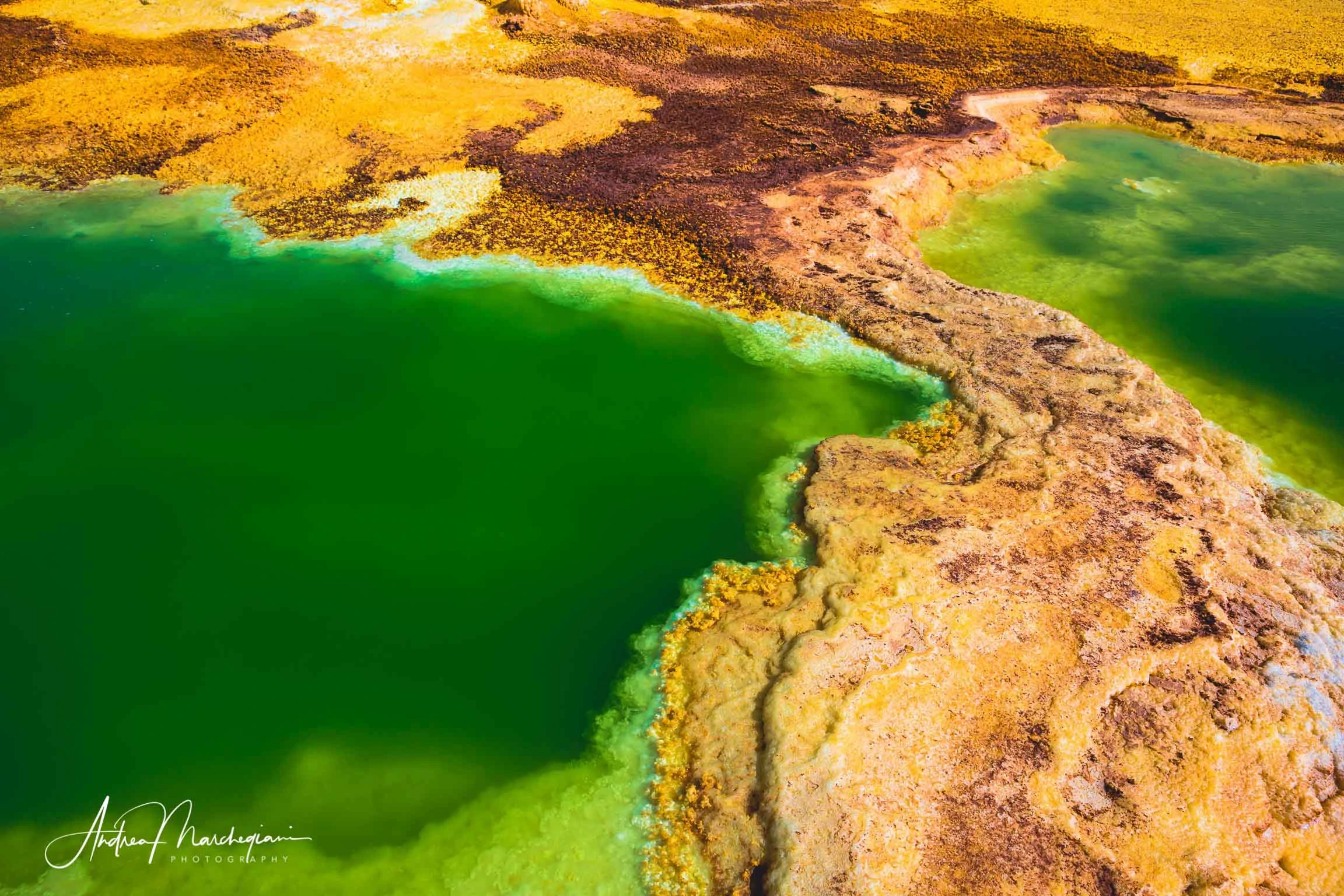
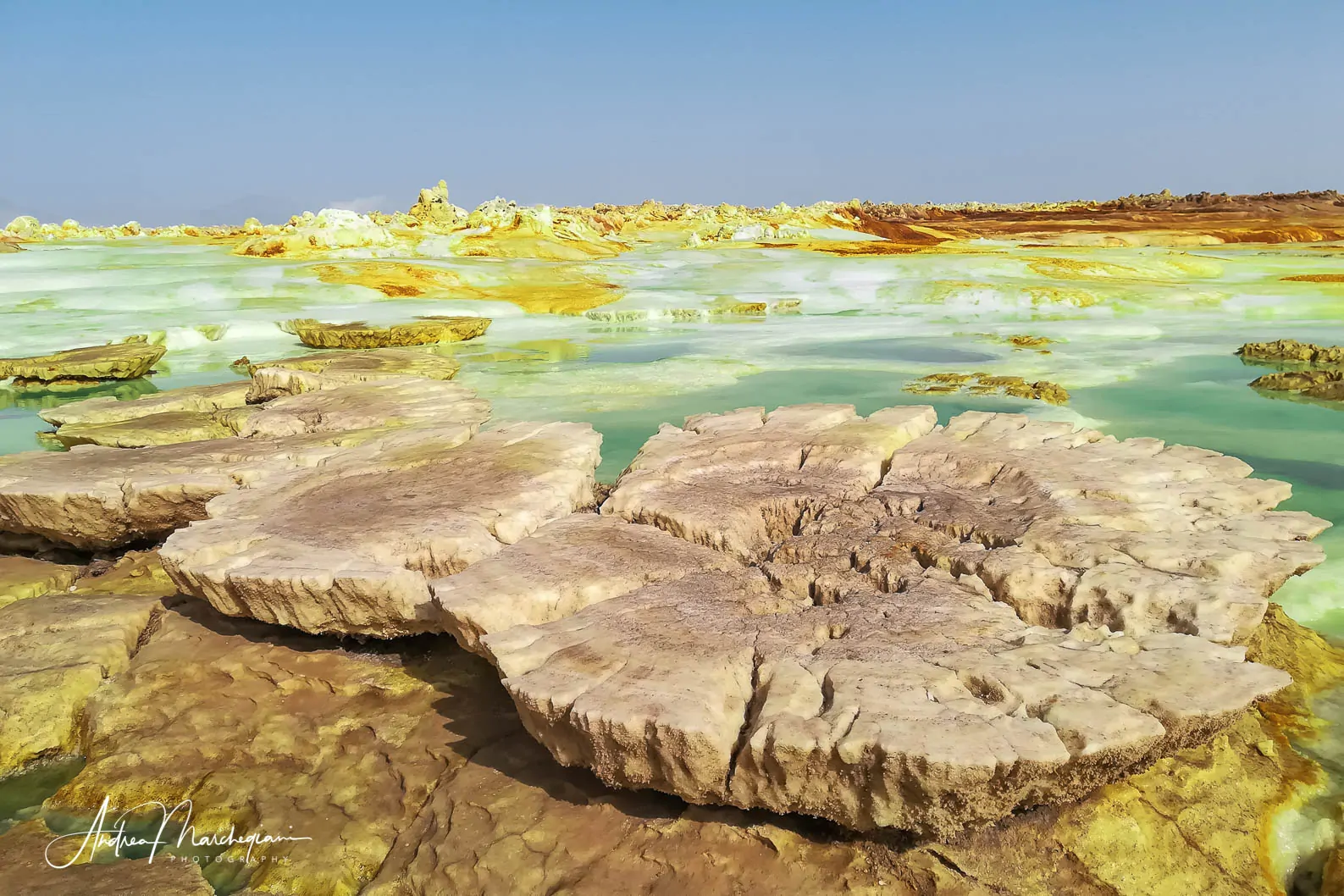
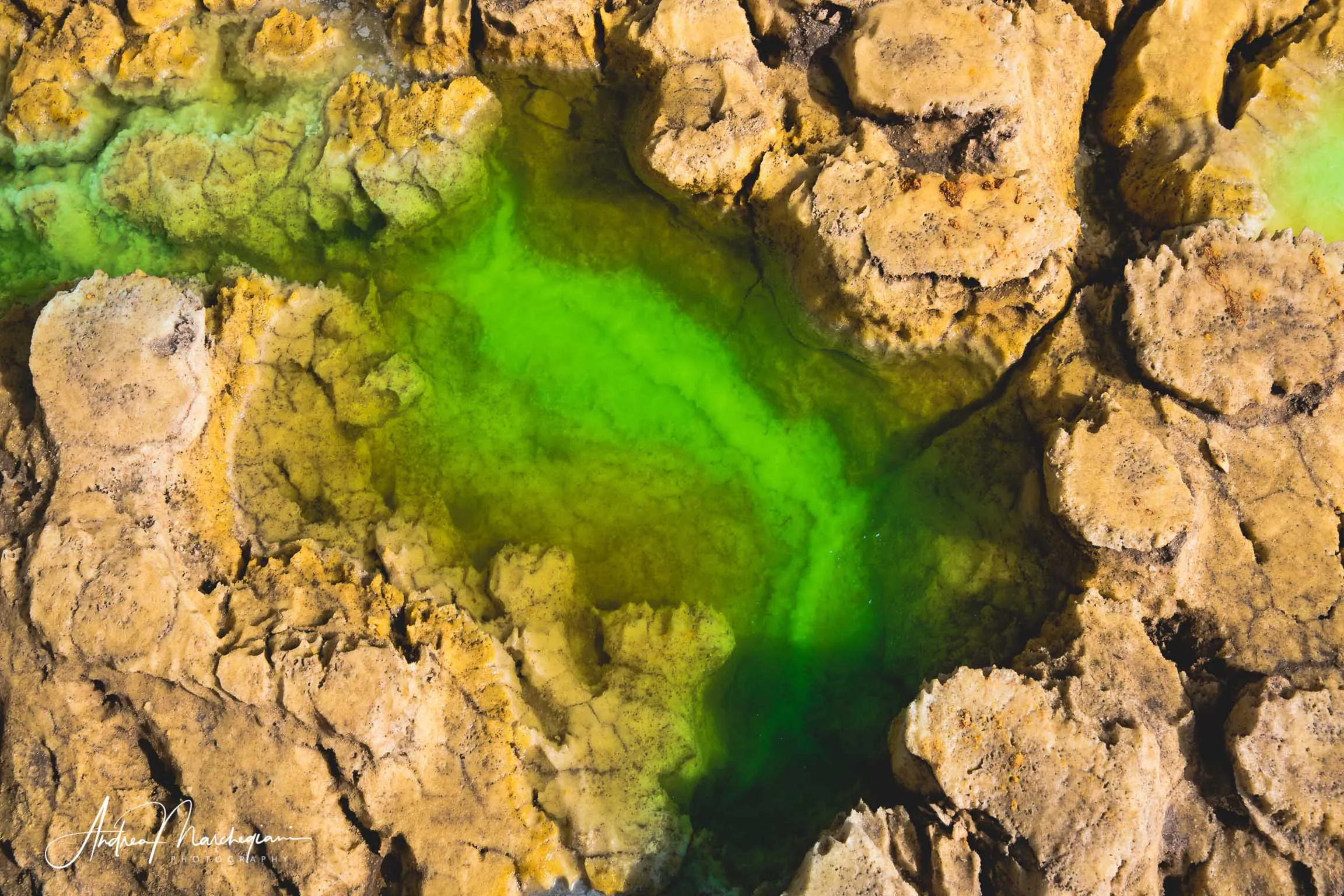
A Psychedelic Landscape
I wouldn’t recommend any of you go to Dallol. Here you come by personal choice, not by touristic suggestion. The region is at the border between Ethiopia and Eritrea: because of military conflicts, you are required to travel under escort-
The salty desert formed after the Red Sea retreat millions of years ago. Today, there is a former volcanic crater located in the Rift Valley, where the Arabian Plaque and the African Plaque are drifting away. On the borders of the crater, open to visitors only since 2001, nature has created a psychedelic landscape. .
Acidic hot springs, sulphur mountains, small gas geysers, acid fluid tanks and salty concretions with bright colors. The scenery continues to change, year after year, the concretions vary in color and move along the crater. Only certain pathways are permitted as emissions from geysers and fumerolles are toxic. The soil is fragile and breaks under our feet. Acid tanks often become real traps for animals and men.
